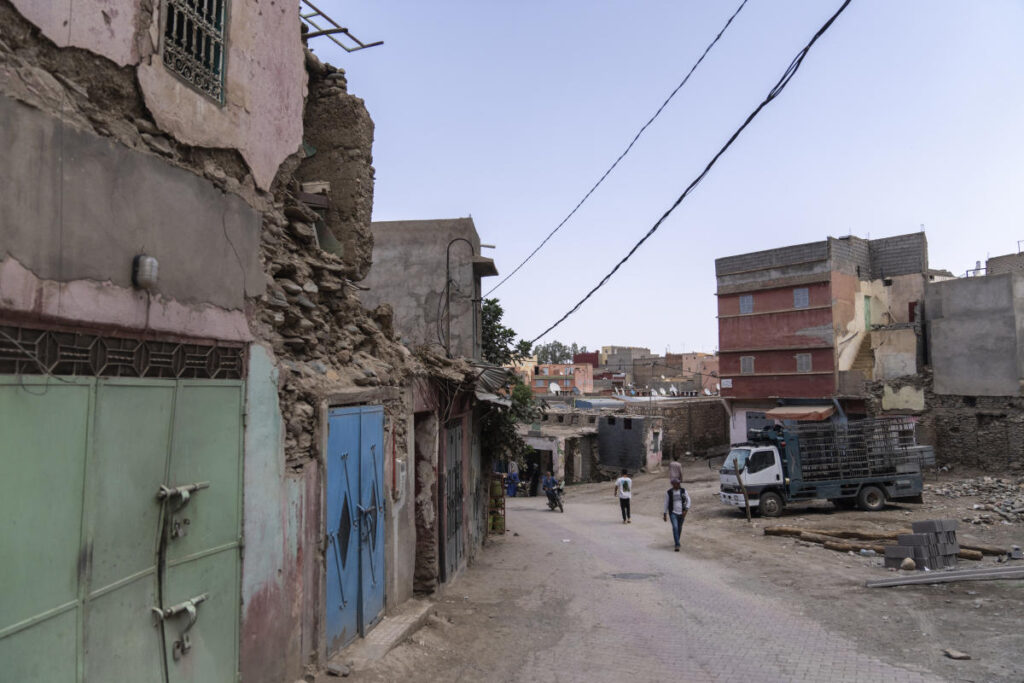IMI N’TALA, Morocco (AP) — Rescue workers and bystanders are long gone, but the remains of homes still lie in piles along bumpy roads.
A year after nearly 3,000 people died when a record earthquake shook communities across Morocco’s High Atlas, leaving villages like Imi N’tala feeling like a bomb had just exploded, killing dozens of residents when a piece of the mountainside broke off and most of the buildings were razed to the ground.
Broken bricks, bent rebar and chunks of kitchen flooring remain, but have been swept into neater piles next to plastic tents where the displaced now live. Some are waiting for money to rebuild their homes. Others are waiting for their blueprints to be approved.
The region rocked by the quake is dotted with impoverished farming villages like Imi N’tala that are accessible only by bumpy, unmaintained roads. Associated Press reporters visited half a dozen of them. them last week, on the occasion of the one-year anniversary.
In some places, residents waiting for government permission have begun rebuilding homes ad hoc. Elsewhere, people fed up with the stuffiness of plastic tents moved back to their cracked homes or left for bigger cities and left their old lives behind.
In cities like Amizmiz and Moulay Brahimalthough cracked buildings and rubble can still be seen, just as in the days after the earthquake.
Some normal life has resumed in some of the province’s larger towns, where reconstruction of roads, homes, schools and businesses is underway and some residents have been moved into metal container homes. But the majority of those displaced from the 55,000 homes destroyed by the quake remain vulnerable to the summer heat and winter cold, living in plastic tents, impatient to return.
Mohamed Soumer, a 69-year-old retiree who lost his son in last year’s earthquake, is angry that local authorities have banned him rebuild his home on the same steep mountainside for safety reasons. He now spends his days with his wife in a plastic tent near his now destroyed home and is afraid to move elsewhere and start his life over in a larger, more expensive area.
“Residents want to stay here because they have land where they grow vegetables to make a living,” he said. “If they go somewhere else and leave this place, they can’t live there anymore.”
The government said it would provide households with monthly allowances after the quake and additional funds for seismically safe reconstruction. But the payout has been uneven, residents say, with many still waiting for funds or for reconstruction to begin.
Anger has erupted against local authorities in towns like Amizmiz and villages like Talat N’Yaqoub, where residents have protested their living conditions. They have criticized the slow pace of reconstruction and demanded more investment in social services and infrastructure, which have long been neglected in contrast to Morocco’s urban centers and coastline.
Officials have said the reconstruction will cost 120 billion dirhams ($12 billion) and take about five years. The government has rebuilt some stretches of rural roads, health centers and schools, but last week the commission charged with reconstruction acknowledged the need to speed up the rebuilding of some homes.







